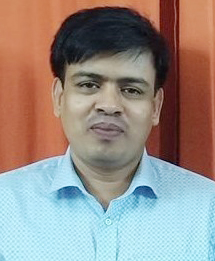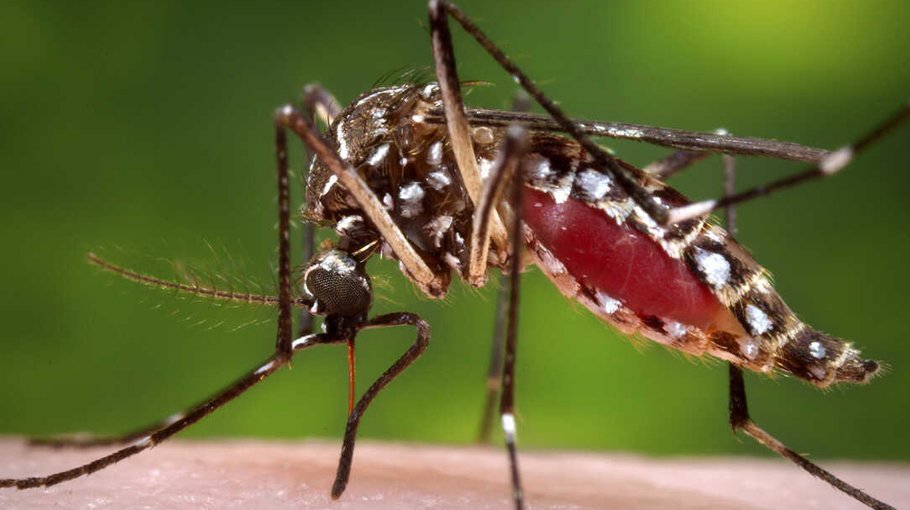Dengue cases increasing at geometric rate

The dengue situation in the country, particularly in Dhaka city, is getting worse this year as the dengue cases increased fivefold in the last five months compared to the previous year.
The outbreak of the Aedes mosquito-borne viral disease is increasing at a geometric rate in Dhaka city before the onset of monsoon.
At least 72 people were hospitalized with dengue in 24 hours till Monday morning. Of the new patients, 58 were admitted to hospitals in Dhaka, according to the Directorate General of Health Services (DGHS).
The number of dengue cases in the country was highest in 2019. During the monsoon, the infection of this disease is seen increasing in line with the spread of Aedes mosquito. However, it is different this year, particularly the month of May this year.
In the last 29 days of this month, about 800 dengue cases were detected which is the highest in May in the last five years. The highest number of infections have been seen in the areas of Dhaka South City Corporation (DSCC). The DSCC areas account for 62 per cent of the total cases in the country. Apart from this, dengue has spread to at least 50 districts of the country.
Entomologists and public health experts alleged that dengue is out
of control due to lack of coordination and negligence of responsibility of the authorities concerned. They, however, blamed unplanned urbanization in Dhaka for the alarming rise of dengue cases.
The entomologists and public health experts believe that the Aedes mosquito eradication programme should be continued throughout the year to control dengue. They also emphasized on public engagement in this regard. They said that dengue increases the risk of death for long-term critical patients.
Health Minister Zahed Maleque at a press briefing on Monday admitted that the dengue situation is getting worse.
He said that about 1,700 people have so far been infected with dengue this year, which is five times the number of infected at the same time last year. Separate wards and beds have been set up at hospitals across the country for treatment of dengue patients.
According to the DGHS, 310 people were hospitalized with dengue between January 1 and May 28 last year. The number in the same period this year is 1,771. At least two people have died of dengue this month. In May last year, the number of dengue cases was 163 and no one died.
During the Covid-19 situation in 2021, a total of 41 people were diagnosed with dengue in May, but no one died. The number was 193 in 2020 and 43 in 2019. In those years, no one died in May.
From January to May 29 this year, 13 dengue patients died. In the last five years, such a picture of detection and death has not been seen.
According to the DGHS, most patients are hospitalized with complex conditions. As a result, some people die within three days of hospitalization.
An analysis of the data of 722 people who were treated for dengue in different hospitals in the capital showed that the highest number of patients were from Jatrabari area of the capital. Mugda had the highest number of cases last year.
Jatrabari is followed by Keraniganj and Kajla, Uttara, Mirpur, Mohammadpur, Mugda and Jurain.
The infection rate in the areas of Dhaka North City Corporation (DNCC) is 16.3 percent. The detection rate outside the capital is 21.9 per cent. Of the infected, 61.5% are men and 38.5 percent are women.
Dr Kabirul Bashar, a professor at Department of Entomology of Jahangirnagar University said that the spread of dengue germ Aedes mosquito is increasing due to rapid urbanization in the country, water storage for cleaning cars in the parking places of houses in Dhaka for a long time and water shortage for other reasons in some areas of the capital.
He further said that Aedes mosquitoes grow throughout the year. This year, the density of Aedes mosquitoes is high. Cases are increasing at a geometric rate as it rains in early May. Public involvement in mosquito eradication and flying Aedes mosquito eradication programmes in vulnerable areas are essential, he mentioned.
Professor Mohammad Robed Amin, line director at Non-Communicable Disease Control (NCDC) of DGHS also blamed unplanned urbanization for rise in dengue infection in Dhaka city.
Dhaka North City Corporation (DNCC) has made some changes in the mosquito eradication programme.
Brig General Md Zobaidur Rahman, chief health officer of DNCC said that it is time for dengue to increase. The larvaecide activities have been increased by reducing the previous fogging method.
Because, as a result of fogging, mosquitoes fly even higher. Larvaecide is an effective method to kill 100 percent mosquitoes. As the heat of the morning sun increases, the larvae go underwater. So, it has been decided to destroy the larvae in the morning. Whether mosquito workers are going in the morning is being confirmed through digital attendance, he said.
In this regard, DSCC Mayor Barrister Sheikh Fazle Noor Taposh said that mosquito larvae are found in almost 100 percent of the under-construction buildings. Therefore, proper supervision of all is needed to ensure that those buildings and establishments do not create breeding grounds for Aedes. If they cannot eradicate the breeding ground of Aedes themselves, they will have to inform the city corporation.



